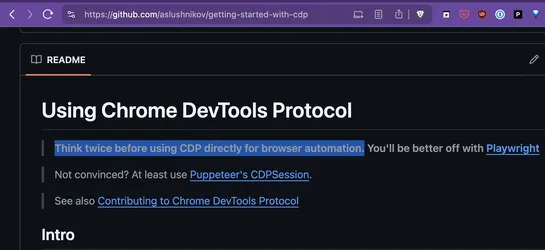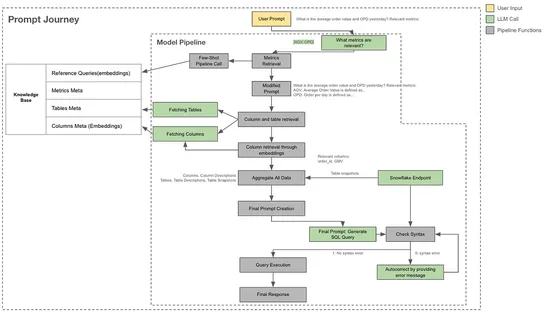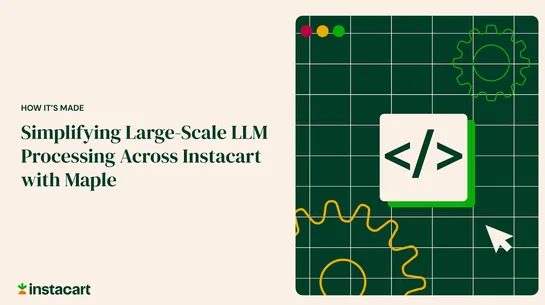How we migrated our Rush.js monorepo to Node type stripping
Calm gutted a 10-year-old Rush.js monorepo and came out faster, cleaner, and way less tangled. The team dropped transpilation, ditched source maps, and went all-in onNode type strippingwithnative ESM. Local dev sped up by 30–40%. CI jobs? 3–6 minutes faster. The overhaul hit everything: killed stubb..










